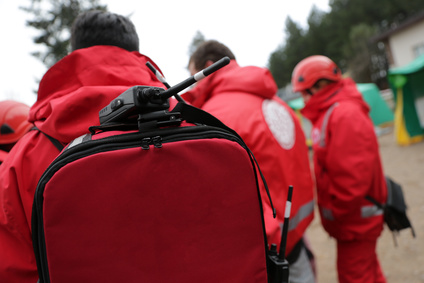
As Sam Finnerty of PilieroMazza recounted in this blog post, in December 2018 the U.S. Small Business Administration (“SBA”) issued a proposed rule to implement several provisions of NDAA 2016 and 2017, as well as the Recovery Improvements for Small Entities After Disaster Act of 2015 (“RISE Act”).
As we all know, there have been many major disasters like the fires in California, and hurricanes that happen every year. In these situations, the Federal Emergency Management Agency (FEMA) has a process in place to have the President declare a national disaster and designate a disaster area. The SBA also has separate size standards for small businesses in a “major disaster or emergency area.”
The SBA’s new provisions are important for small business owners because they provide additional incentives and credits for using local small businesses in response to these disasters. As a point of fact, this rule applies to any contracting within the disaster area, not necessarily a contract associated with disaster recovery.
There are some limitations, for example you need to have your main operating office in the disaster area, plus they want 50% of your revenue generated there and 50% of your employees located there. However, the SBA will consider other factors if your business doesn’t quite meet those standards.
The fundamental issue is that firms within a disaster area now get extra benefit in the form of a small business credit awarded to the government agency issuing the contract. This is obviously good for small business because the more incentives people have to use small business, the better it is for those businesses.


